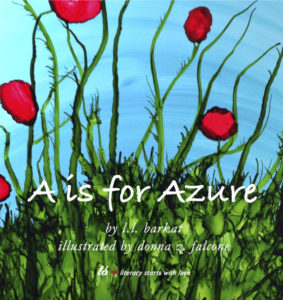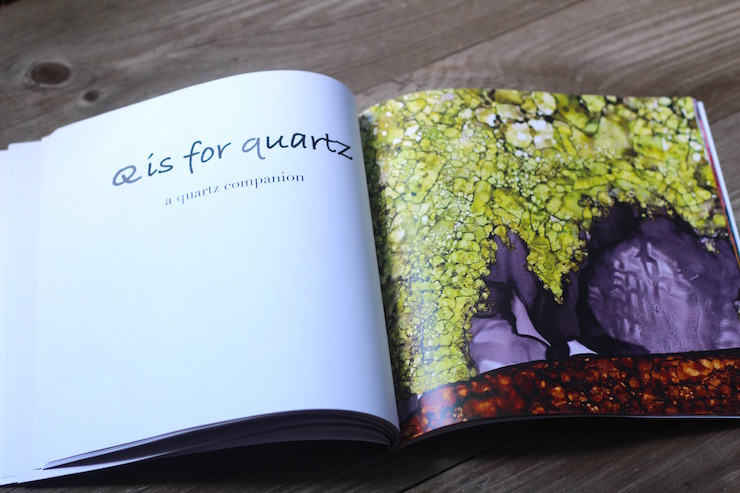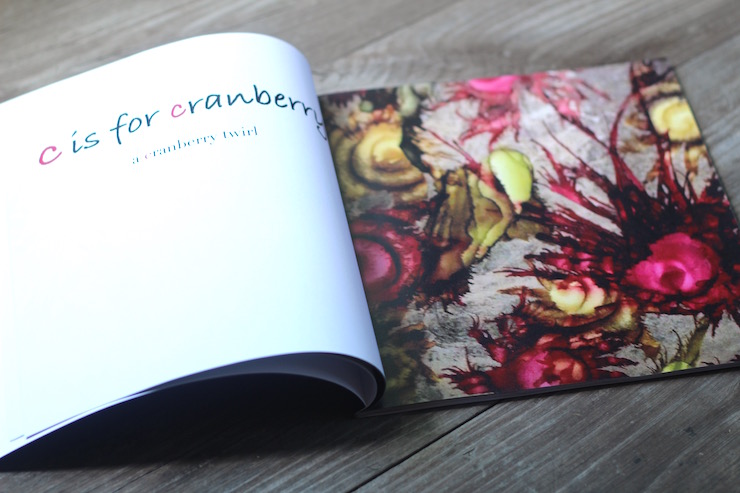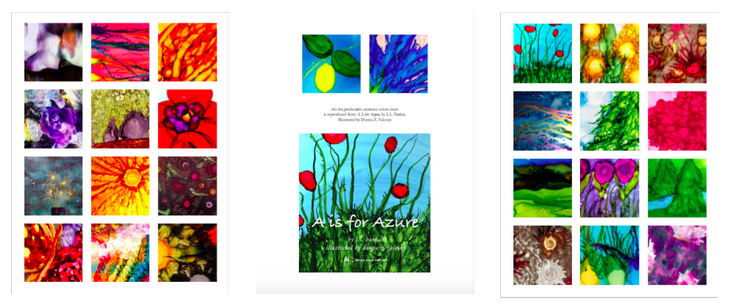Reading is a skill that does not come naturally to the brain (unlike speech), and it takes years to master. The latest research shows that intelligence is not the main factor in whether (and when) a child will learn to read; indeed, children with higher IQs often take longer to learn this multi-faceted task! (How the Brain Learns to Read, David A. Sousa)
One of the real keys to becoming a fluent reader is developing the capacity to “parallel process,” and this isn’t something you can rush the brain into. While you’re waiting for this capability to solidify, of course it helps to strengthen the separate brain regions that will eventually work in concert to create the illusion of fluent reading as a straightforward process.
Understanding this, educators use a variety of ways to teach reading. Some of these methods strengthen a child’s ability to process sound. Others develop a deeper working vocabulary. Still others focus on developing the visual lexicon. Developing the visual lexicon is where phonics plays an important part.
Some people think of phonics as a dry, rote activity, but it needn’t be! You can use beautiful alphabet books like A Is for Azure, which is color-keyed to help children recognize letter differences. You can also use a variety of activities that tap a child’s interest in his friends and relate directly to himself, such as predictable sentence charts that feature their preferences for foods, colors, sports, music, etc.
To help educators and parents create an “I Like Colors” predictable sentence chart, we’ve included instructions in A Is for Azure and are providing miniature reproductions of the brilliant color illustrations, which you can download to print and add to the chart. If you don’t yet own A Is for Azure, no worries. Here’s a quick explanation of how to create the chart.
How to Create an “I Like Colors” Predictable Sentence Chart
You can help children learn to read and write important high-frequency words by creating “predictable sentence” charts that are personalized for them and their friends. Just write the predictable sentences, one to a line, on a large poster board and put on the wall, for easy spelling reference, warm feelings, and smiles.
An A Is for Azure predictable sentence chart that strengthens visual recognition of the high-frequency words I and like, plus color names (new poetic ones and old favorites), could read as follows:
Mrs. Leonard’s Class “I Like Colors” Chart
I like azure. (plus child’s name & azure illustration card)
I like brass. (plus child’s name & brass illustration card)
I like cranberry. (plus child’s name & cranberry illustration card)
I like emerald. (plus child’s name & emerald illustration card)
I like purple. (plus child’s name & purple illustration card)
I like yellow. (plus child’s name & yellow illustration card)
…and so on, for the whole class!
The Printable Illustration Cards
Print these miniature reproductions of the illustrations in A Is for Azure, and add them to the chart near the child’s name and color preference.
Download the Printable Miniatures
Brilliant ink-on-tile illustrations created with a secret process bring the alphabet to colorful life. Children will delight in the rich, poetic language of colors like emerald, jasmine, and quartz—while also meeting old favorites like yellow, orange and purple.
Related Article at Huffington Post: 5 Picture Books to Make the School Year Beautiful—And Why Beauty Even Matters for Kids
- Poetry Prompt: In the Wild Secret Place - January 6, 2025
- Journeys: What We Hold in Common - November 4, 2024
- Poetry Prompt: My Poem is an Oasis - August 26, 2024





Bethany R. says
This activity idea is fabulous. With all the vivid color and intriguing art, it will keep attracting kids’ eyes back to it. A chart students will want to keep looking at—brilliant!
L.L. Barkat says
I first encountered the idea of a predictable sentences chart in Phonics They Use. It’s my theory that some people shy from phonics because it seems dry and rote, but phonics really does work.
So, it’s my mission to make it beautiful. That way, parents and teachers who have a more aesthetic bent can happily use the methods! 🙂
Donna Falcone says
I think it is a wonderful idea! Every time I read through I think – wow… who ever said high-frequency words have to be boring? I mean seriously… this language just rolls off the tongue (especially now that I am pronouncing Azure properly). 😉
The phonics and predictability are fantastic! The predictability factor is so important, but it means nothing if the subject matter is dull and lifeless. LL I really love what you are doing here. Thank you for letting us all help you do it.
L.L. Barkat says
I suspect that some would say it doesn’t matter—that dry, rote phonics still works. And they might be right, eventually. However, it takes *a lot* more drill when there is little mental incentive to bring something into your heart. It’s also less “sticky”—more easily forgotten in the absence of the drill routine. And, I believe this is key, too: without emotional attachment, no love develops. Without love, engagement is minimal.
(I am really thinking about the emotional attachment piece today, because I just wrote about the role of beauty in learning, via a part of the brain called the “caudate nucleus,” (http://www.huffingtonpost.com/entry/5-picture-books-to-make-the-school-year-beautifuland_us_59846a00e4b0f2c7d93f54f4) and, guess what? The same brain center is responsible for emotional attachment, which suggests two things:
1. Learning that happens via curiosity piqued by beauty can help us develop an emotional attachment to material.
2. Emotional attachment to material could, conversely, help us increase our learning quotient, as it re-energizes the curiosity/interest cycle.
Pretty dang cool to consider. 🙂
Galen Arp says
Learning that happens via curiosity piqued by https://www.tweetspeakpoetry.com/ beauty can help us develop an emotional attachment to material.